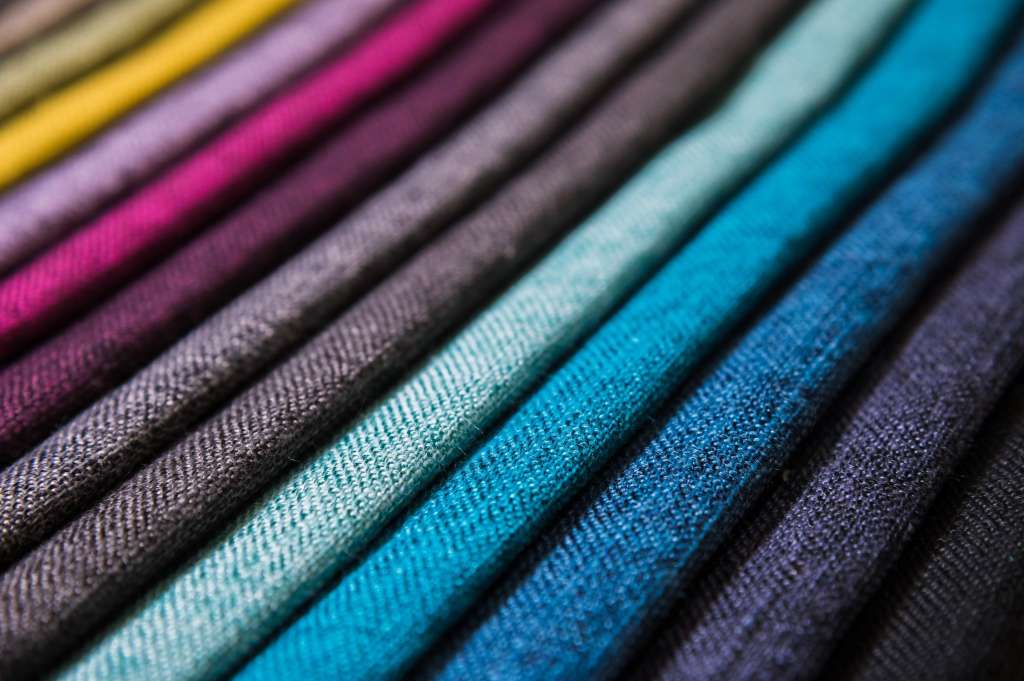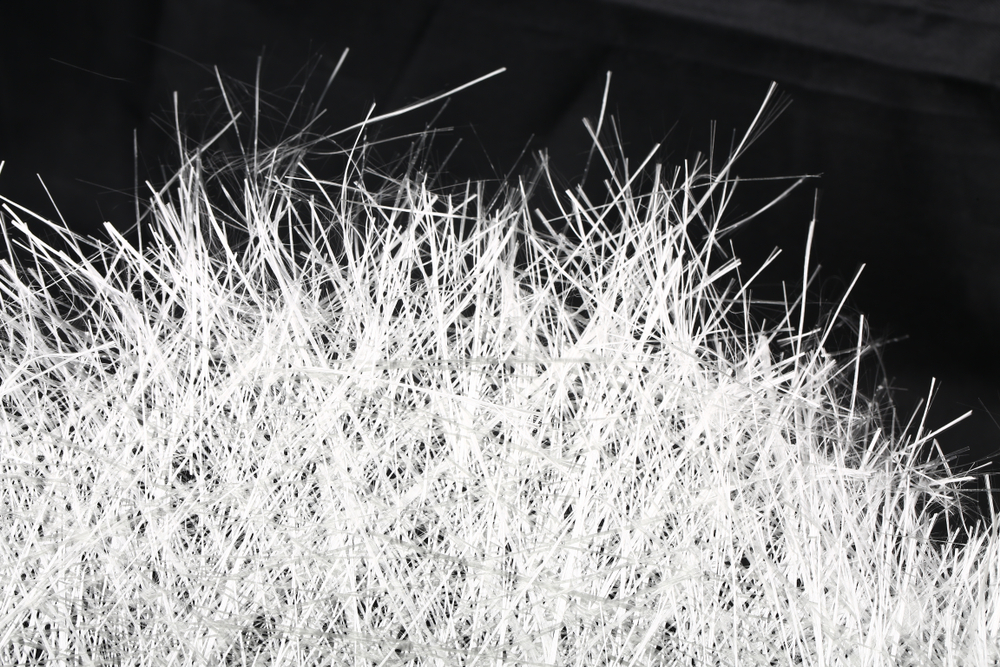How To Read Fabric Construction?



Fabric is one of the most crucial aspects of design; if one doesn't understand the fundamentals of fabric, its terminology, and production, they won't know where to look or what to ask for. Swimsuits, raincoats, jackets, sweaters, and/or formal outfits all require different fabrics. So, to know which textiles are best for a specific clothing piece, one must first study fibers and how they are manufactured.
Fabric construction comprises changing yarns and, in some instances, fibers into the fabric with characteristics determined by tools and processes. The majority of materials are now created through weaves or knits, two interlacing methods.
In this enormous construction market, many people want to understand the fundamentals of fabric construction to meet their textile sourcing needs effectively and under budget. If you are among those, keep reading this post to know everything one must be aware of.
What is Fabric Construction and Its Techniques
The fabric construction and count must be used to describe the delicacy of the woven fabric. The term "count" refers to the number of yarns used (weft yarn count and warp yarn count), and generally refers to how many weft and warp yarns are used in one inch of fabric.
The number, or yarn count, indicates the thickness and smoothness of the yarn. Fabric structure distinguishes the density of the weft and warp yarns in fabric sheeting. Both EPI and PPI are used to display the fabric's structure.
Fabric construction for a woven fabric: Fabric construction entails
- Ends per inch (EPI) and Picks per inch (PPI).
- Mention the yarn counts for the warp and weft.
- To ensure maximum fabric usage, you can also indicate the breadth of the fabric they need for the order. This is not a step in the manufacturing of the fabric.
Fabric's weight:
The gms of cloth per square meter. It's referred to as 'GSM fabric' (grams per square meter). The fabric's GSM defines how fine the cloth is.
So, Fabric construction also contains a few additional fabric quality metrics other than ends per inch and picks per inch. These include,
- GSM fabric
- Fabric's Width
- The fabric's weave pattern
Methods of Fabric Construction
The fabric comprises two components: fiber content and construction. The construction approach can be one of the following four options:
1. Woven
Woven fabrics are created by weaving fiber threads together at a right angle.
2. Knit
Knits are looping that loop on top of one another. Knit fabrics have some elasticity, whereas woven fabrics are firmer and more durable.
3. Non-woven
Non-wovens are fabrics such as felt, interfacing, and vinyl. They can be woven or fused in fibers.
4. Hides
Hides can be obtained from a variety of animals.
Fibers can be either natural or synthetic. A fiber cannot be natural unless it comes from an animal or a plant. Oil is the base of man-made fibers, or they can also be manufactured by modifying a natural fiber. The two types of fibers are- filaments and staples. Continue reading to learn more about filaments and staples.
Long fibers known as filaments can be either natural or synthetic. Additionally, although nylon is a man-made filament fiber, silk is an actual filament fiber. Stapled fibers are the shorter ones.
Both natural and synthetic materials can be used to make staple fibers like cotton or polyester.
Fabric Production

The three fundamental types of fabric construction include blended, woven, and knitted. Let's take a closer look at them:
Fabrics that are woven and knit
Warp and weft are terms used in the production of woven and knitted fabrics. The warp and weft refer to the direction of the yarn strands. Warp goes upwards and downwards, whereas weft moves from left to right. To make it easier to memorize which is what, the weft can be utilized instead of "left." It's easy to tell the distinction between woven and knit materials just by looking at them. Knitted fabrics' edges are completed with small v-shaped threads to prevent fraying.
The benefits of woven fabrics fray and the lines that cross, up, and downwards to produce the weave may be seen.
Knits can be made to be weaved loose or tight. Single and double knits, tricot, and raschel knits are common fabrics used in garments. Tricot knits are commonly used in athletic clothing, whereas single knits are commonly utilized in jersey tops. In woven fabrics, a double weave is thicker
Blended Fabrics
Materials can be blended with other fibers to produce various fabrics utilizing several natural and manufactured fiber combinations. Fabrics are frequently coupled with changing the fabric for enhanced performance or as a less costly alternative for the original. Moreover, to blend materials, choose a core fiber and weaves another around it. So, manufacturers can choose the percentage of that blend that they like. For instance, a cotton/ polyester blend may be 40/50 or 40/60.
Representation of Fabric Construction
Fabric count and construction are denoted by the following numbers:
Warp count x Weft count / EPI x PPI
40 × 40 / 75 x 67
Here, the warp and weft yarn counts are in the 40s Cotton Count.
EPI (ends per inch) = 75 and
PPI (picks per inch) = 67
Another illustration of fabric count and construction
50 x 50 /130 x 70
Cotton Count 50 is used for the warp and weft yarn counts.
Ends per inch (EPI) = 130 and
Picks per inch (PPI) =70
How to Read Fabric Construction
This Fabric construction description can be read as the following:
75 X 67 can be read as
End per inch is 75, whereas Pick per Inch is 67.
Or can be interpreted as EPI X PPI = 75 X 67
This implies that if you take a sample of 1 inch X 1 inch of this fabric, you will find 75 number (count) warp yarns and 67 (count) numbers of weft yarns.
Here in this, End means Warp yarns, and Picks means Weft or Filling yarns.
40/40 characterizes yarn sizes employed in the fabrics.
Here the warp yarn size is 40's Ne, and the weft yarn size is 40's Ne. Also, both the warp and weft yarns are single-ply.
100% Cotton: Fabric composition. Fabric is composed of 100% cotton fiber.
you can also find a distinctive type of fabric construction such as
75X67/ 40X40 (Here, EPI X PPI are written first, and yarns count are given later)
Get the Ideal Fabric Manufacturing Solutions Without Stress!
It is always ideal to make a plan before purchasing fabrics. So that one knows exactly which fabrics they prefer and how much quantity they'll need. Moreover, it is always good to ensure the fabric suits the budget, and make considerations for any special requirements if any.

Visit Fashinza to know the nitty-gritty of fabric construction, sourcing, and techniques with less effort, time, and hassle. As Fashinza is the leading bespoke clothes manufacturing platform for fashion brands and can assist in finding complete fabric production solutions on the move. So, one may contact or send their queries right away.



















